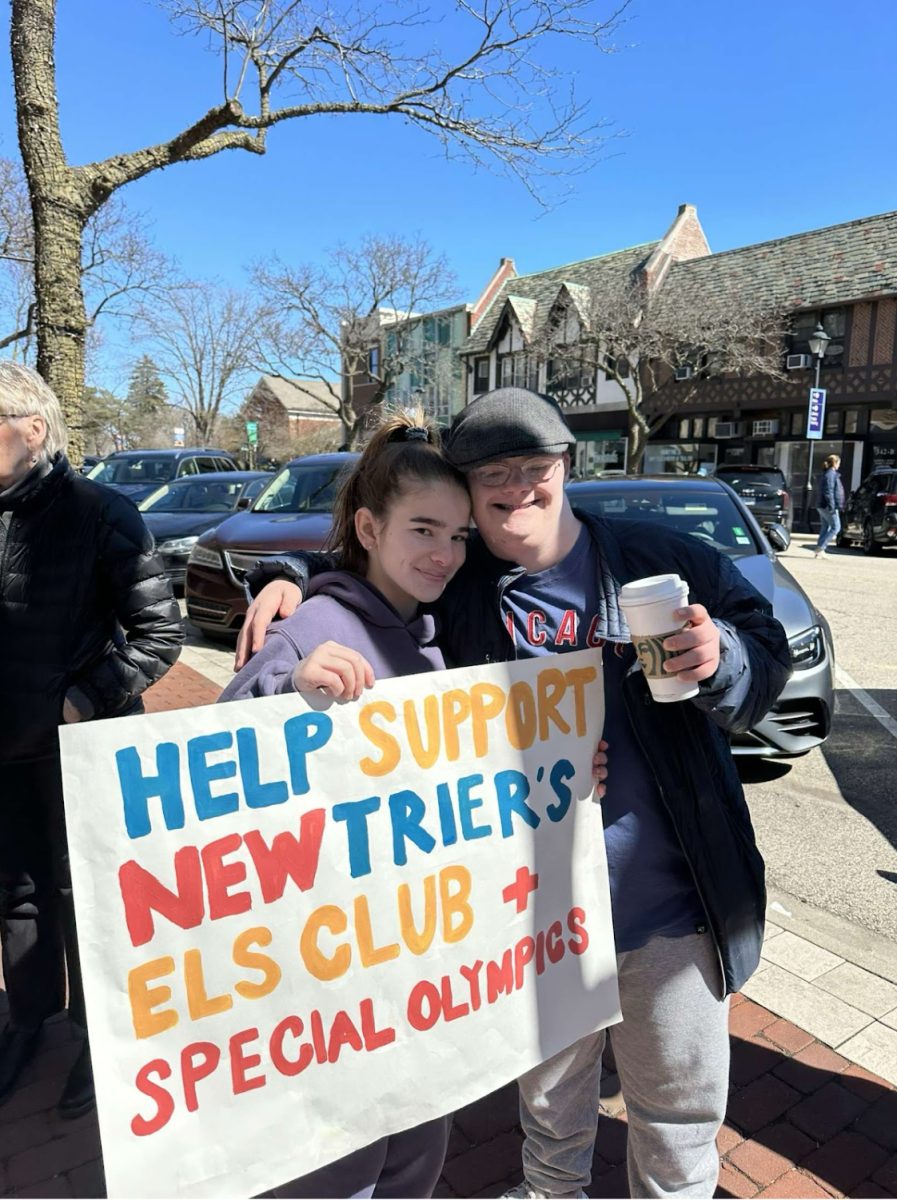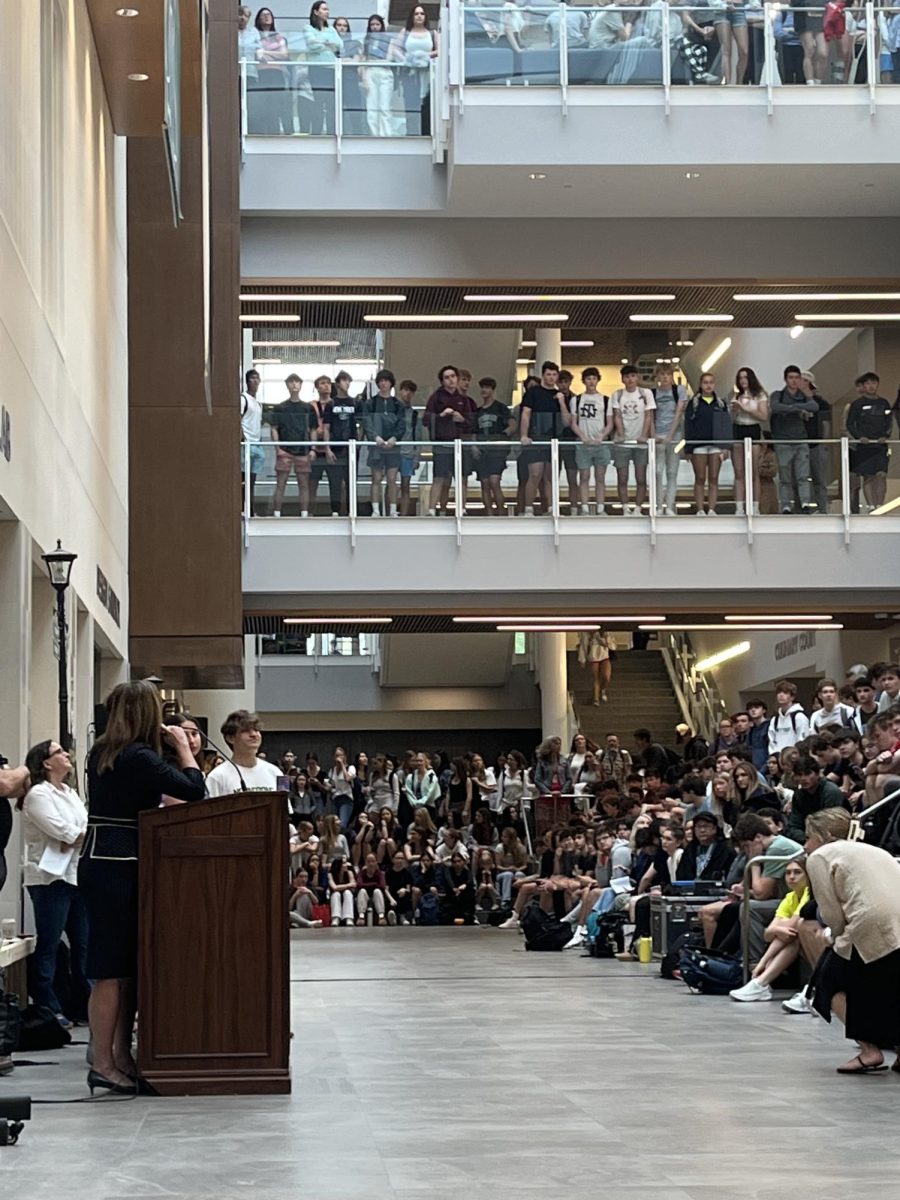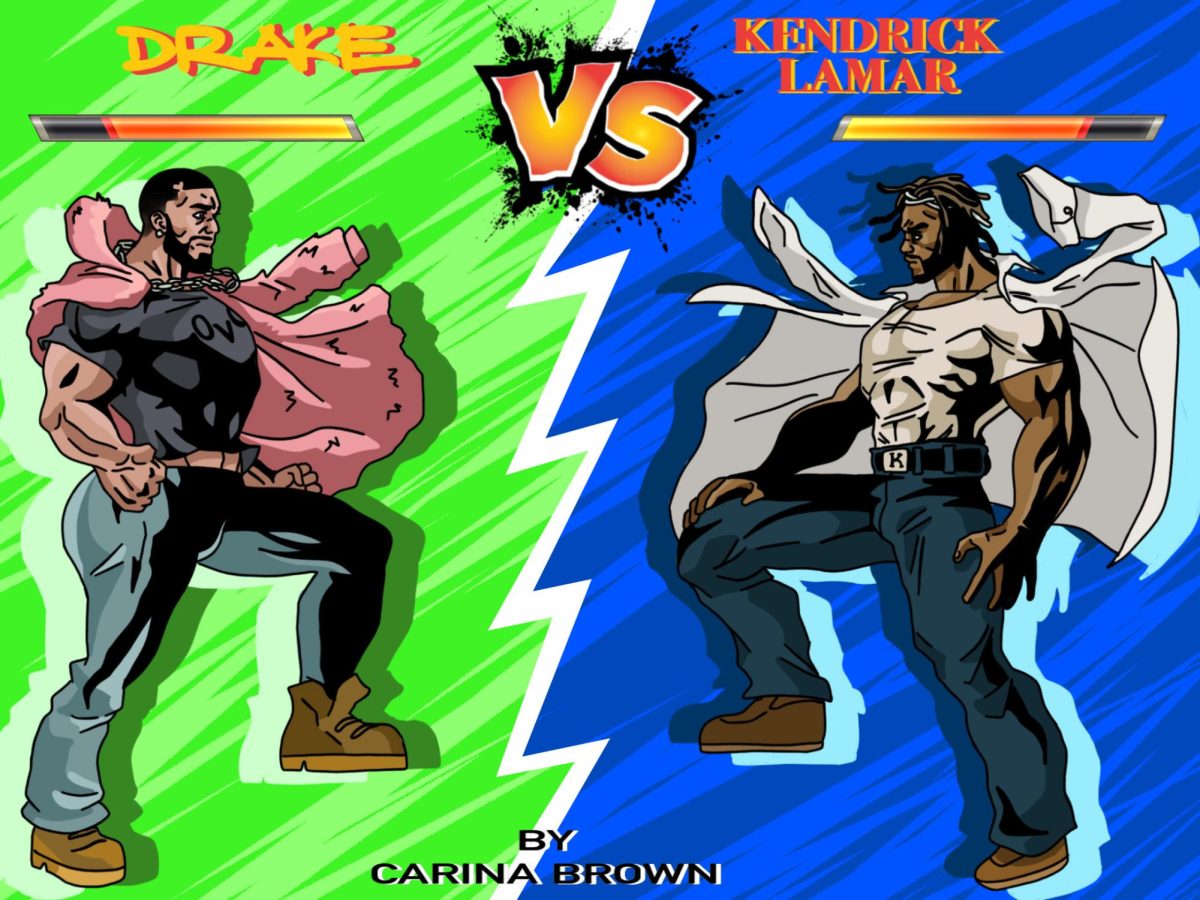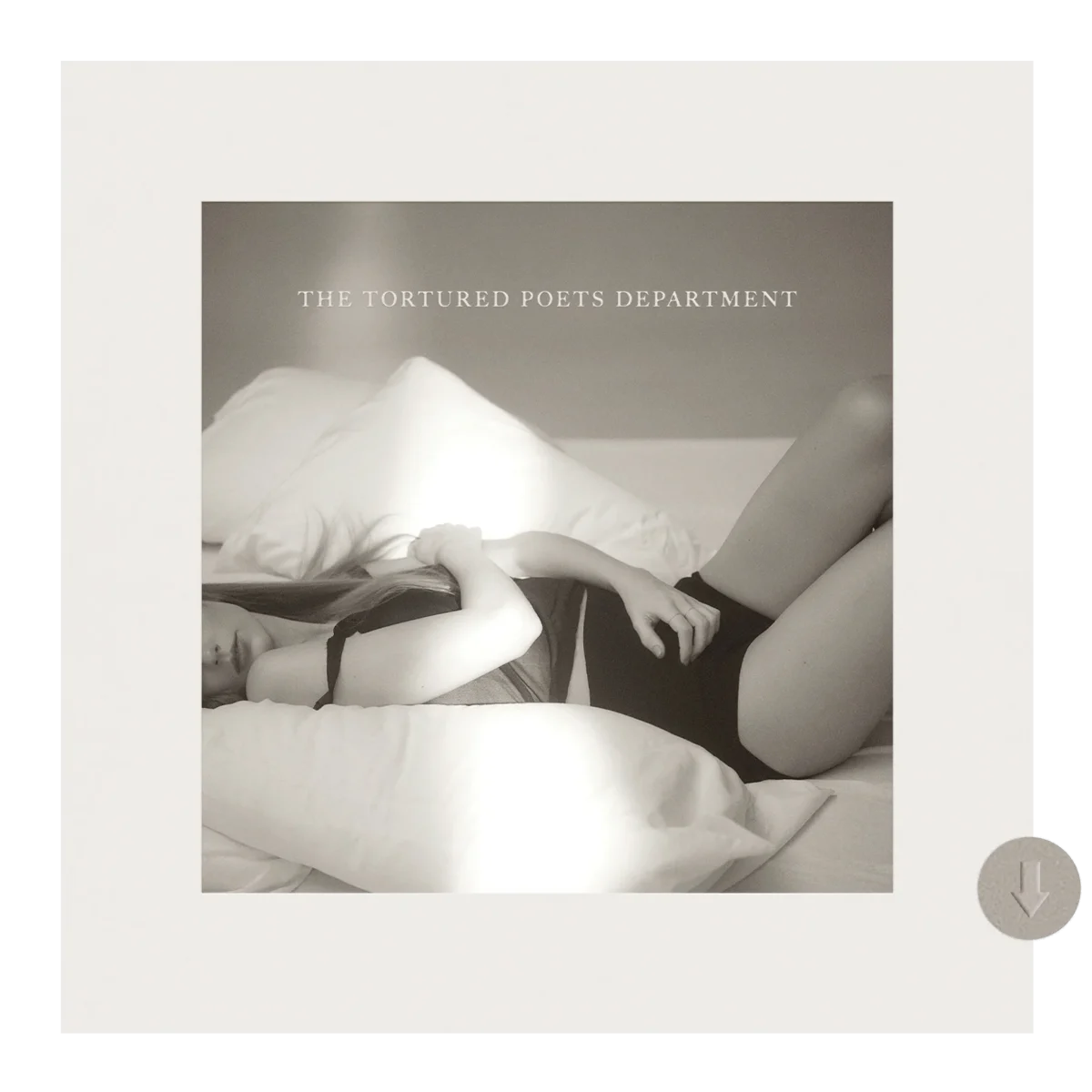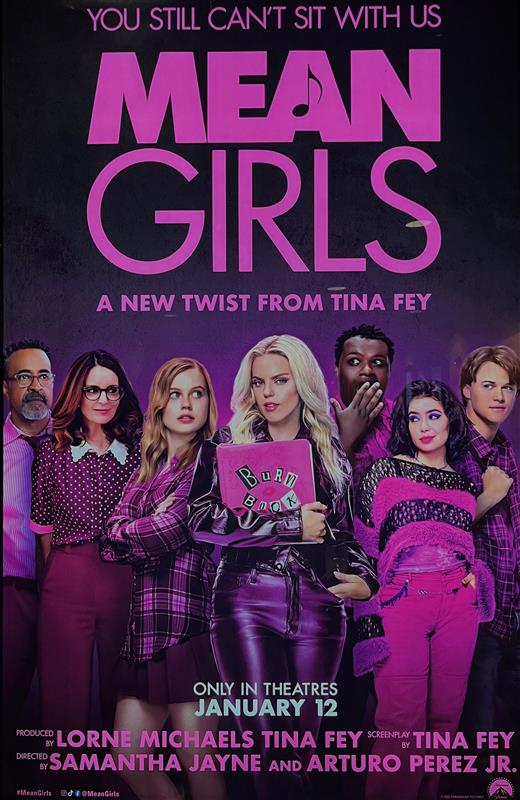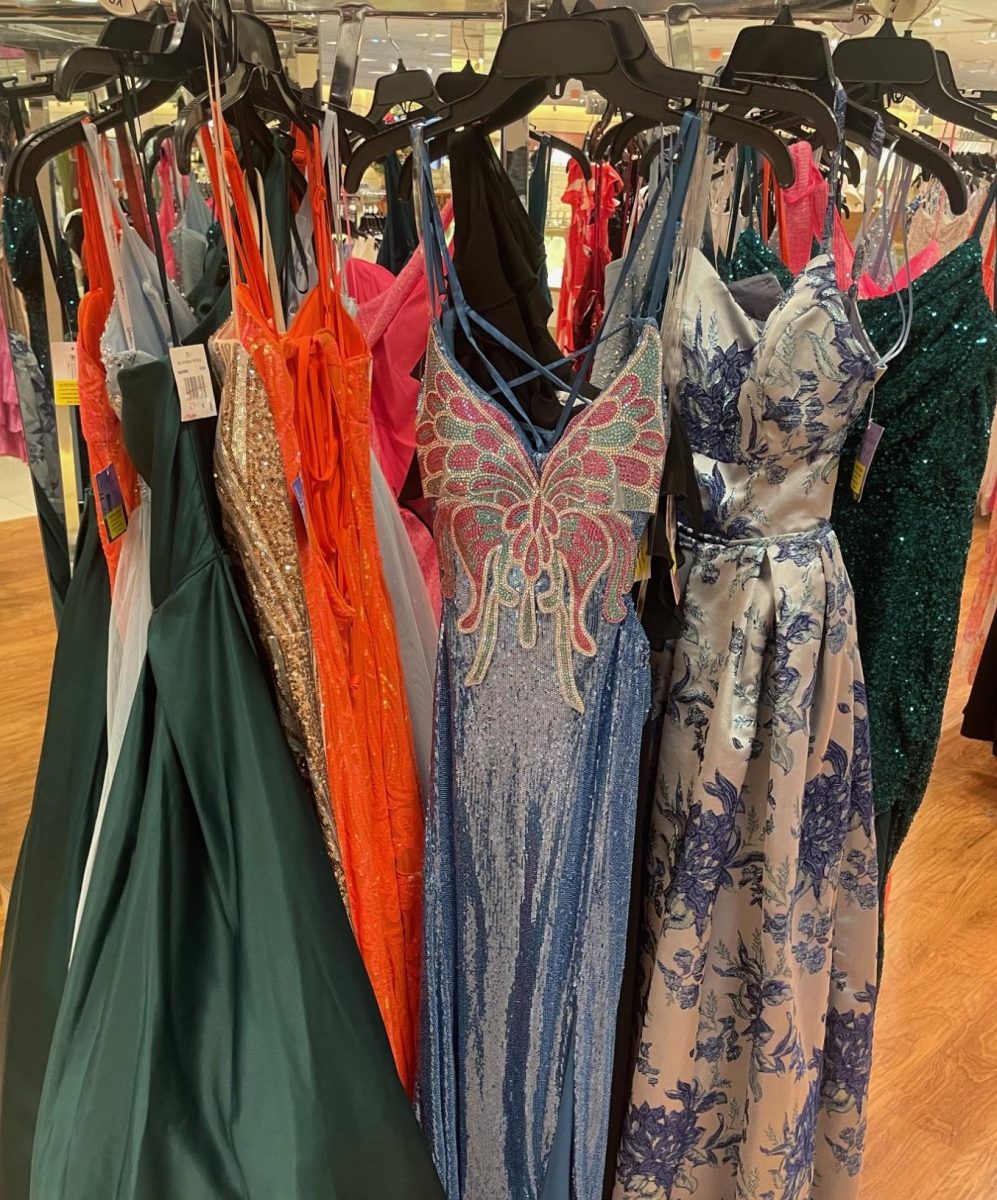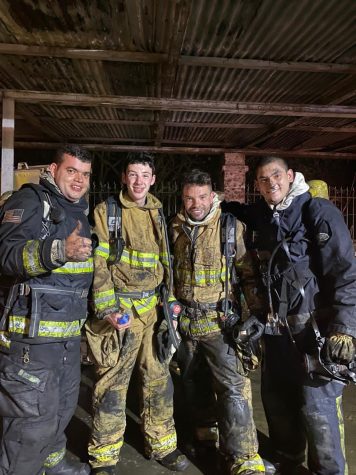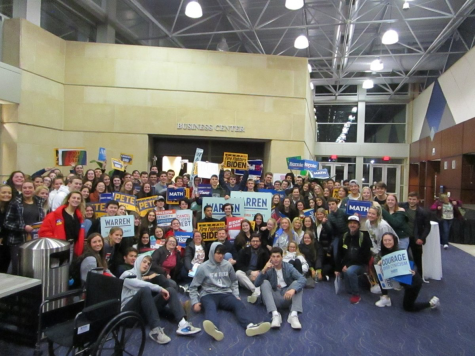U.S. has highest rates of gun violence among developed countries
Staggering rates of gun violence related to lenient laws
December 15, 2017
It is no secret that the United States has one of the highest rates of gun violence in the world.
While it is definitely true that the difference is especially staggering in comparison with other highly developed and wealthy nations, the U.S. sees similar, and sometimes even higher rates of gun homicides than some of the poorest and most violent regions of Latin America, sub-Saharan Africa, and the war-torn Middle East.
Despite the popular notion that gun laws and policies alone determine the rates of gun violence, that is not the whole truth. Regardless, it is undeniable that lax laws correlate with higher rates of this kind of violence.
As of 2016 there are no federal laws that ban semiautomatic assault weapons, military-style .50 caliber rifles, handguns, or large-capacity ammunition magazines. It should then come as no surprise that, despite making up only 5% of the world’s population, the United States has close to half of all civilian owned firearms, not accounting for factors such as unregistered and trafficked firearms, according to Switzerland-based Small-Arms Survey. The result of these laws and their implications is having the highest rate of gun-related deaths in the “developed world.”
This idea that wealthier countries with higher socioeconomic rankings are safer and less prone to this kind of violence generally holds true, with a few exceptions, including the United States. The Institute for Health Metrics and Evaluation estimates that based solely on socioeconomic status, the United States should have an average of .79 gun-related deaths per 100,000; the reality is 5 times higher at an average of 3.85 deaths per 100,000 civilians.
To put into perspective the sheer amount of violence perpetuated by guns in the U.S., one can take a look at the statistics of countries that have regularly experienced mass shootings. France, for example, has relatively strict gun laws, and it has been at the center of various mass shootings and other terrorist attacks in the past few years, notably the attacks in Paris of November 2016 which killed 130.
The Paris attacks nearly reached the annual average in terms of casualties by gun violence. Still, even if France were to experience a shooting of the same caliber every month, it would fall behind the United States in ratings.
Singapore and Japan are tied for the lowest rates in the world at just 1 death per 10 million people. Both countries have arguably some of the toughest firearms laws in the world.
In Japan, the firearm and sword law restricts access to many types of guns for civilians and requires that prospective buyers undergo a lengthy training process and background check before they obtain licensure. Additionally, yearly inspections are required to retain ownership.
Singapore implements even stricter laws with unlawful possession of firearms being punishable by death, or life imprisonment with caning at the very least.
Mass shootings in the U.S. have become so commonplace that now, no reaction has been strong enough to push through any policies that significantly make it more difficult to own a gun.
In the past, countries with similarly lax laws made dramatic changes in their legislation after similar events.
Australia, for example, consistently ranks at the top of lowest rates for gun violence with a rate of .01 homicides per 100,000 people.Their present correlates with the major push for increased restrictions that followed a mass shooting in Tasmania in 1996 that resulted in 35 deaths and dozens of injuries.
In terms of the Middle East and sub-Saharan Africa, both regions immersed in civil conflict, the U.S. ranks lower only than Iraq in the Middle East and Cape Verde and South Africa in the Africa. This is of course factoring out casualties due to armed conflict and taking into consideration how levels of conflict affect the ability to enforce any laws that may or may not be in place.
The importance of context holds true in many Latin American countries as well, many of them constantly ranking among the world’s most dangerous countries not involved in civil conflict.
Mexico and Brazil, for example, have some of the strictest firearms restrictions in the world. In both countries, civilians are prohibited from owning military grade weapons, cannot carry a gun outside of their home, and must undergo rigorous background checks. Despite this, more than half of Mexico’s homicides are committed with guns and close to 90 percent of Brazil’s are.
Similarly with Middle Eastern and African countries, it is important to consider the fact that these countries are plagued by drug and gang wars. These factors impact the effectiveness of implementing these laws as shown by the fact that both countries have tens of millions of unregistered firearms in circulation.
Although there may be some exceptions and other factors to be considered, the majority of research shows that gun laws and levels of gun violence are undeniably tied.



